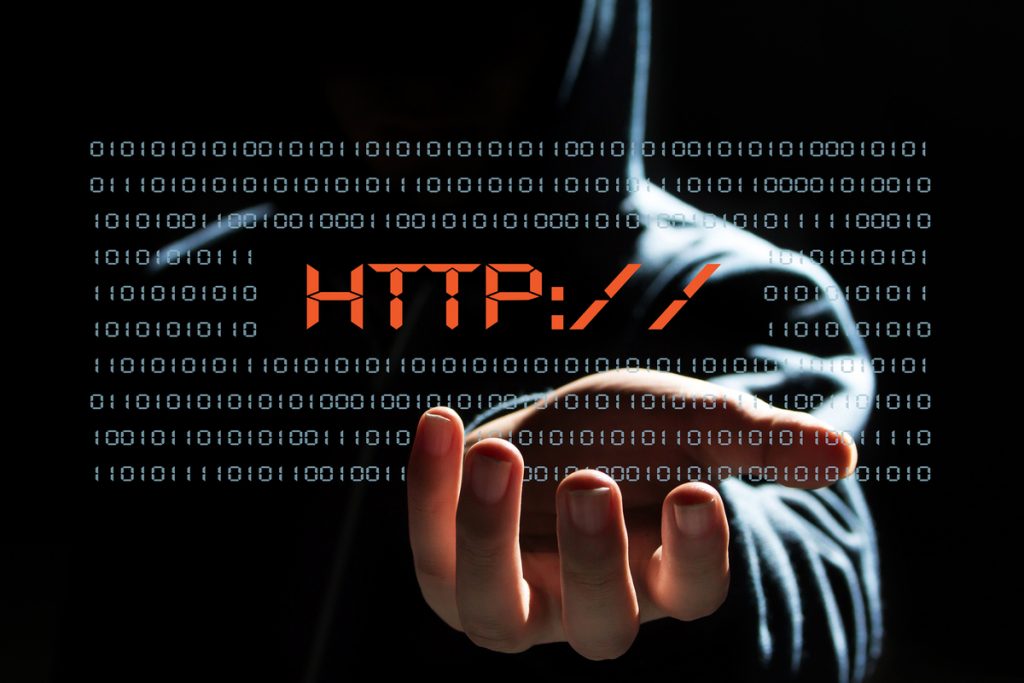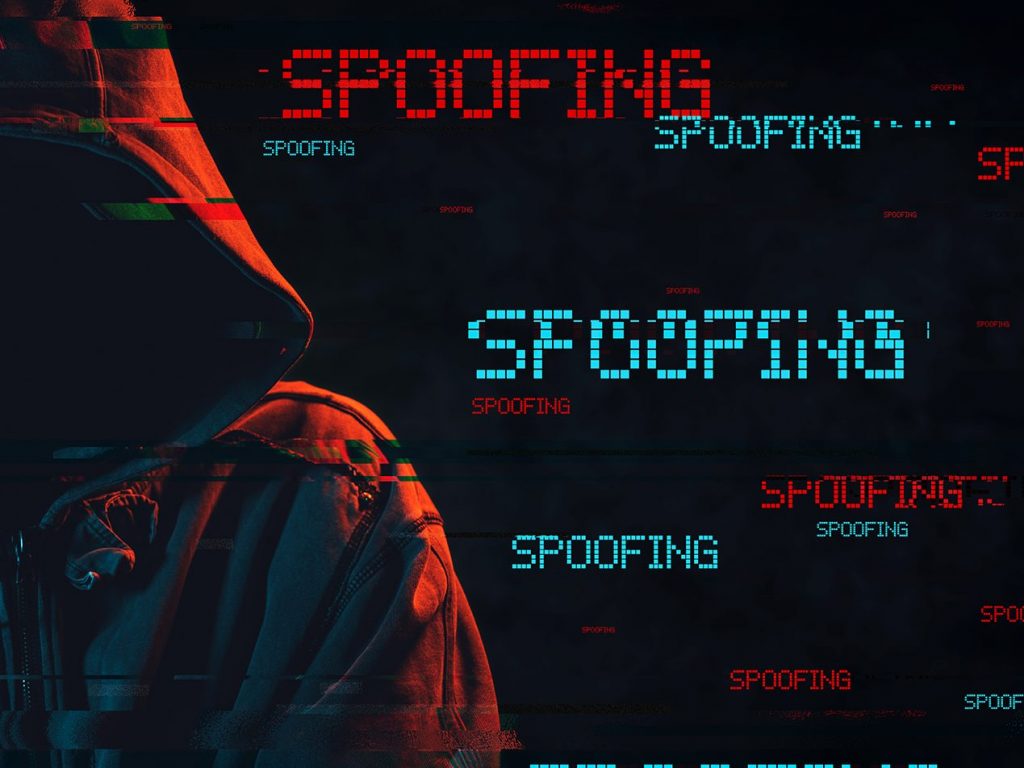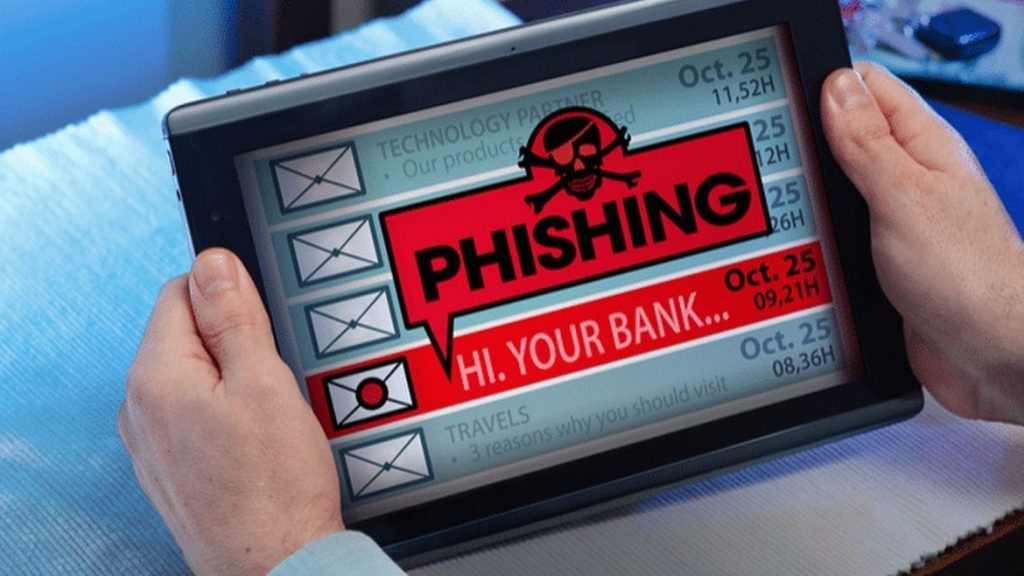As a business, you have put in all the hard work to gain recognition and create your customer base. But what will you do if someone else impersonates your website and tricks your loyal customers by redirecting them to a website that looks the same as yours? Phishing attacks have gotten more intense with time. 70% of website attacks are an amalgamation of hacking and phishing. If you are a rising business, it is essential to know how to deal with all kinds of atrocities that you might have to face. So, through this guide, you will learn about all kinds of domain phishing (spoofing) attacks and how to repel them.
What is Domain Phishing (Spoofing)?

Hackers impersonate the email address, domain URL, website’s UX/UI design and pitch customers asking them to click a misleading link, add account information, or credit card details to steal their data or money. The process is called Domain Phishing or Spoofing. Advertisers also get entangled in the domain phishing stranglehold. Hackers even fool advertisers by making them spend on ads displayed on the wrong websites.
How does Domain Spoofing Work?
In domain spoofing, hackers make clone websites and create fake email addresses that look identical to the original website. They trick the users into thinking that they are reading the original service provider’s right email through character alteration. The spoof email or website always has the same logo, UX design, and interface as that of the original company, so identifying them is tough. After redirecting users to the website, hackers ask them to enter their financial details and credentials, such as bank account information and login credentials. In the advertisement industry, hackers impersonate the original publisher and create a low-quality website that looks identical.
Types of Domain Spoofing Attacks
There are three main types of domain spoofing attacks: fake URL attacks, simulated email attacks, and domain advertising spoofing attacks.
Let’s take about all of them in detail:
1. Fake URL Attacks

In a simulated URL attack, hackers use illegitimate URLs that resemble the original company URL. They can imitate freelanceworld.com and create a fake URL from the name of frelanceworld.com. The differences in both are tough to spot, so hackers use them to steal customer data and money. Fake URLs can also consist of ASCII characters that look identical to actual names.
2. Fake Email Attacks
Email spoofing is the most common type of spoofing. More than 90% of spoofing attacks come from emails. A hacker uses the legitimate domain address in an email attack and compiles it in the fake email. Email attacks happen due to the absence of an SMTP domain verification process (Simple Mail Transfer Protocol). It is the very foundation of an email. The hacker would send emails containing links that might redirect to an illegitimate website or ask a user to download malicious software.
3. Domain Advertisers Spoofing Attacks
This type of attack happens with advertisers who want to promote their brand on a legitimate website. In an advertising attack, a cybercriminal fakes a well-reputed advertising website and asks advertisers to pay them to promote the brand. Since they are not the legit site owners, the ad gets displayed on a fake website that looks identical to the legit website. The worst part about these attacks is that the advertiser keeps blaming his own product/service for not getting leads even after the advertisement, whereas the truth is that he is getting fooled.
Tips to Prevent Domain Spoofing

Protection against spoofing can only get insured after a website complies with the following six steps mentioned:
1. Share spoofing guidelines with your customers
The attack can come via a fake email or website URL; if your customers have not prepared for them, hackers can easily trip them. To deal with such situations, you must issue customers’ guidelines to repel or avoid such attacks. Appropriate guidelines help customers to identify the ways they can get targeted. You can issue potential fake URLs and email addresses and mention them in the guidelines. So, always keep your customers updated.
2. Install an SSL certificate
SSL certificates encrypt sensitive data being shared between two computers to avoid any external invasion by cybercriminals. SSL certificates can help prevent phishing attacks. Wondering where to buy an SSL certificate from? There are many websites such as ClickSSL, GlobalSign, Comodo, GeoTrust and many more from where you can purchase high-quality, affordable SSL certificates. SSLs are issued by an authentic Certificate Authority or CA asking for the name, address, and ID proof before giving the certificate to the user. The spoof website cannot have an SSL certificate. Thus, it is easy to identify and segregate a real website from a fake one. So, if you want your website never to get spoofed, install an SSL certificate on it today.
3. Avoid adding links to your email

Customers are recommended not to click any link given in the email unless it is from a service provider or your own back that you requested. As a business owner, it is better to avoid asking your customers to click on any link. Once the customers know that you never ask them to click a link, they quickly identify that the sender is not you, in case of a spoof email. Links in email show companies in lousy light, and aware customers ignore clicking on such links. Thus, it is better to avoid adding links to official emails.
4. Install anti-phishing extension
Since spoofing and phishing have become such a common problem, many browsers, including chrome, feature anti-phishing extensions that provide all the information about similar spoofing websites. These extensions are free, so, as a company, you do not have to add another expense to your list. You can ask all your employees to get it installed on their computers and let it trace. Anti-phishing extensions never allow a user to download any content from a malicious website. Thus, all systems in the organization will be safe from malware attacks.
5. Passwords should be regularly updated
Password rotation is simple, yet many organizations never do it. Changing passwords regularly will prevent hackers from breaching your admin pages. Also, never keep the same password for multiple online accounts. It can be fatal. If a hacker breaks into one account, he will get unlimited access to all accounts simultaneously. Passwords should be a combination of letters and alphabets. Never share your passwords with suspicious people, and even your trusted employees should have partial access with a time-out installed. Regulating passwords will also keep your customer data safe from hackers.
6. Ignorance of software updates can be fatal

Software updates are free, yet most people find them irritating pop-ups that are worthless. In reality, the picture is entirely different. Software updates arise due to outdated or breached codes. If a software operates on outdated security patches, it will be vulnerable to susception. Hackers are always on the lookout for such vulnerable systems. Software updates allow systems to operate smoothly without having to worry about any cyberattack. In 2023, cyberattacks get initiated using robotics and advanced technology, companies that do not have updated systems will suffer immensely.
To Conclude
Phishing attacks like domain spoofing will increase in 2023. Hackers have developed advanced ways to tackle robust software security. If companies do not comply with the latest technology updates, they will lag and cease to sustain. There is no space for excuses in today’s fast-moving world. If a company wants to excel, it needs to learn new ways to repel attacks. Installing extensions, SSL certificates, and software updates are of immense importance as these things will watch your back when your systems get turned off. Precautionary measures like regular password change, sending emails without links, and sharing phishing guidelines with the customers will surely help you steer clear of domain spoofing/phishing attacks. So, follow these prevention techniques to keep your website safe from attacks.



















